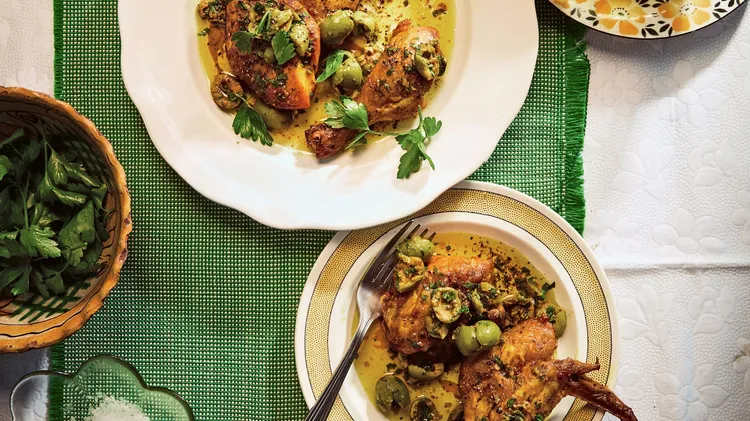The food writer, pastry chef and Saturday Kitchen guest shares h
Philip khoury’s perfect pie
3 min read
This article is from...
Read this article and 8000+ more magazines and newspapers on Readly






